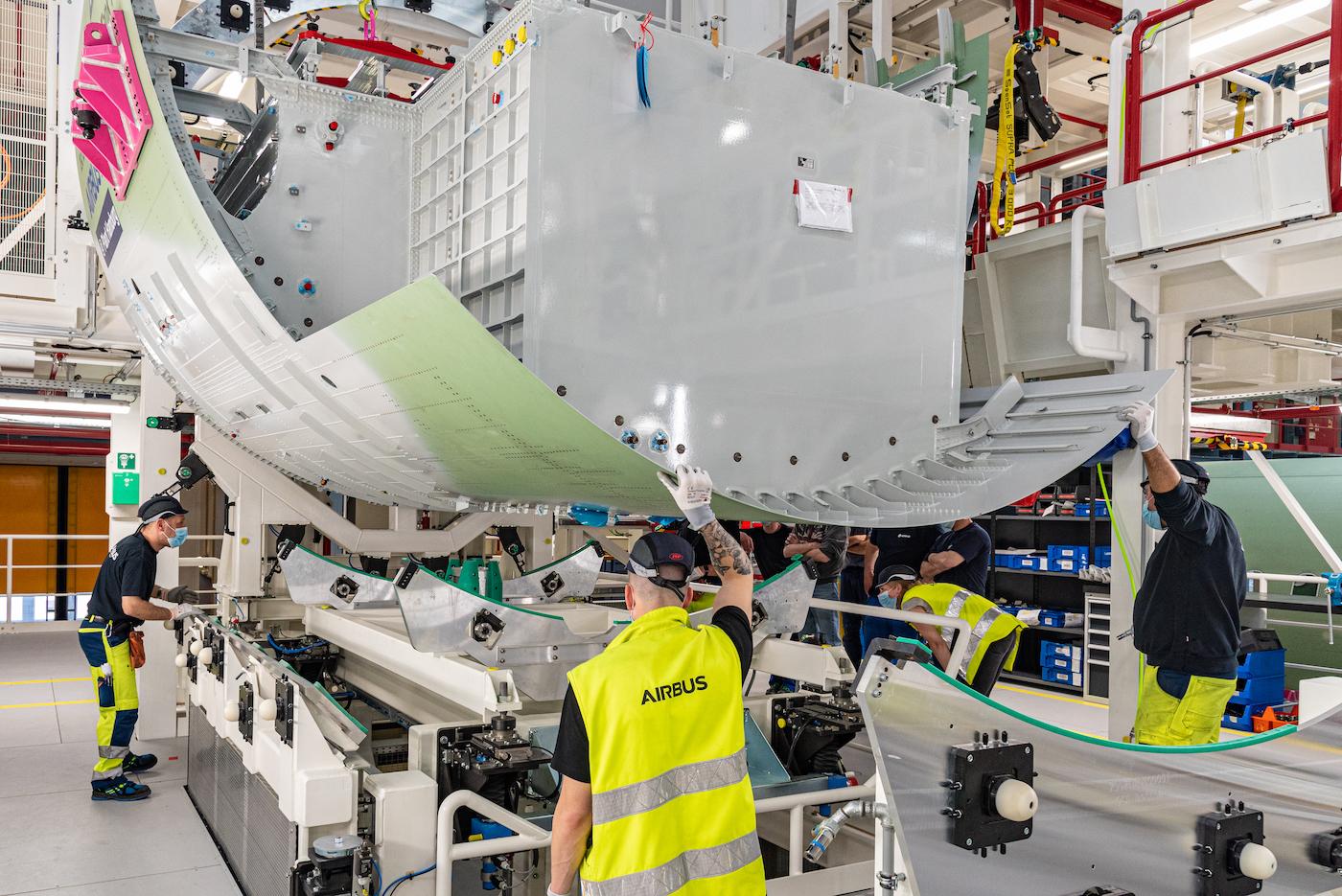
Credit: Airbus/Stefan Kruijer
Airbus has unveiled Airbus Atlantic, a wholly owned subsidiary that starts off as the No. 2 aerostructures provider in the Western business world as measured by annual sales. The new unit is a product of Airbus’ decision announced last April to reintegrate a large part of the aerostructures work...
Subscription Required
This content requires a subscription to one of the Aviation Week Intelligence Network (AWIN) bundles.
Schedule a demo today to find out how you can access this content and similar content related to your area of the global aviation industry.
Already an AWIN subscriber? Login
Did you know? Aviation Week has won top honors multiple times in the Jesse H. Neal National Business Journalism Awards, the business-to-business media equivalent of the Pulitzer Prizes.

